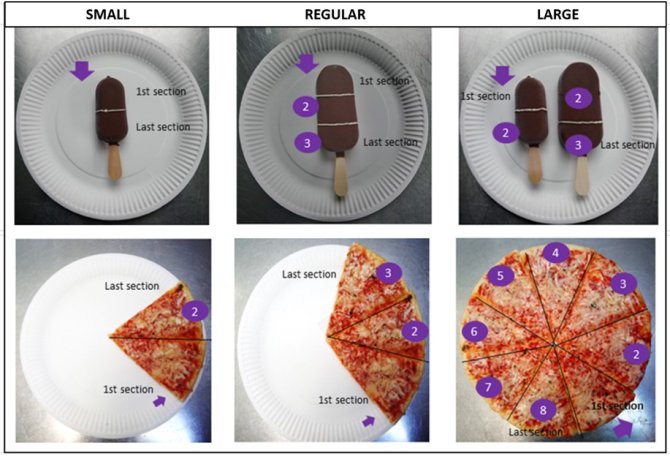
Project
Beyond liking – implicit and explicit measures of food-evoked emotions
Positive emotions are critical for the success of food products in the market place. Yet, surprisingly little is known about emotional processes during consumer-product interactions throughout food consumption. Valid measures of emotions in realistic eating contexts are lacking.
Humans have a limited ability to verbalise motives, emotions, likes and dislikes, and it is therefore important to measure emotional experiences in an indirect manner, without explicitly asking consumers about their experiences.
Emotions are currently mainly measured in response to (visual) experimental stimulus material and the use of more realistic stimuli (in this case food products) will significantly increase knowledge on emotional processing. Therefore, to better understand emotional experiences in response to foods, more insights are needed on food-evoked emotions in response to ‘real’ food stimuli in realistic eating contexts, i.e. full portion size as opposed to single bite, over repeated consumption as opposed to once-off (single) exposures, and tasted branded as opposed to blind as has currently been the focus in literature.
In addition, food-evoked emotions so far predominantly have been linked to attitudinal measures or liking ratings – as a likelihood estimate of the consumer’s future choice behaviour towards the product. However, the ultimate behaviour of interest is actual choice and consumption.
